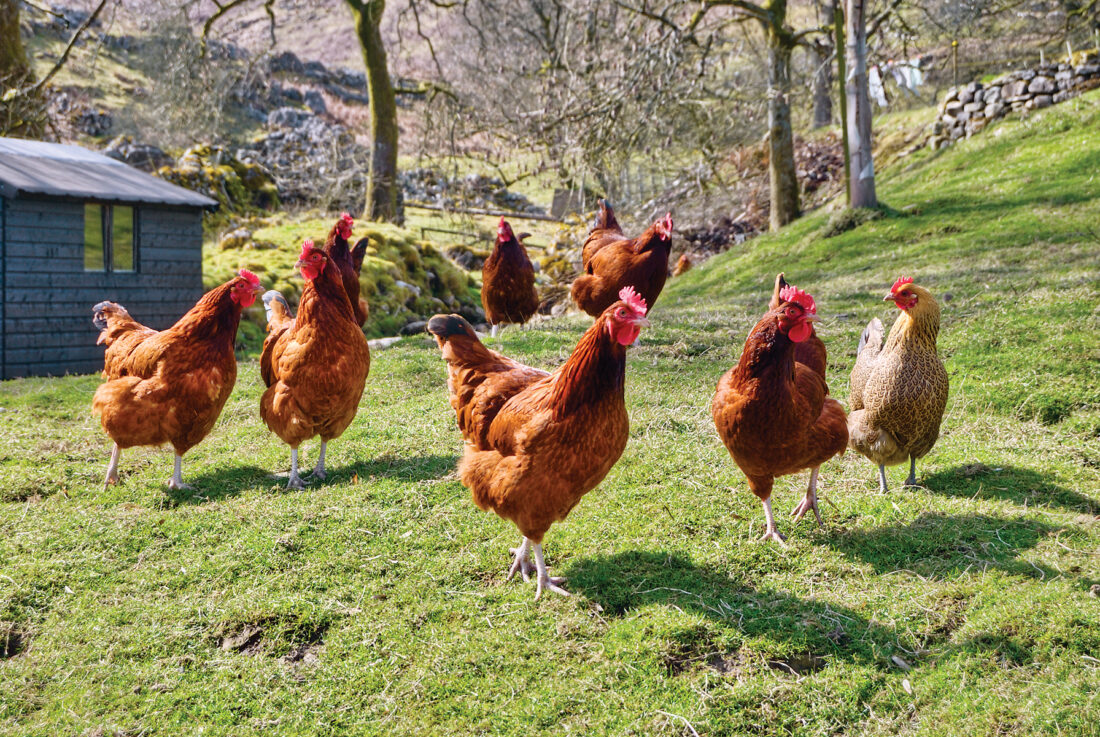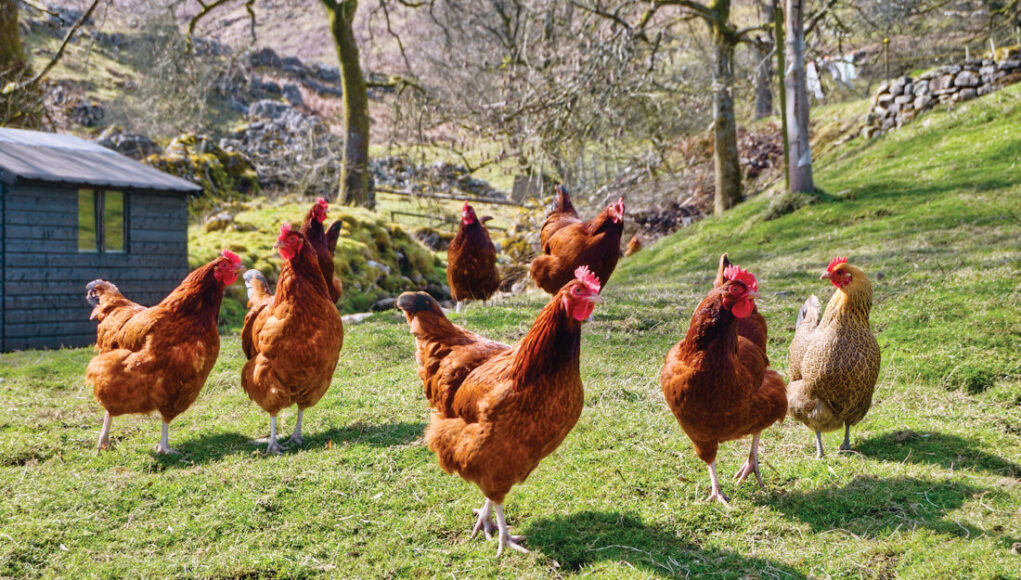When it comes to raising chickens, size often matters. One question that frequently arises is, what is the smallest chicken breed? The answer is the delightful Bantam. These small chickens are not only charming but also come with tremendous benefits, especially for those with limited space.

Why Choose Bantams?
The appeal of keeping Bantam chickens goes beyond their size. These chickens are known for their docile temperament and are often easier to manage. They’re perfect for children and novice keepers, making them a big hit in small backyards.

History of Bantams
Bantams have a rich history that traces back to ancient times. Originating in Asia, these breeds have been selectively bred over centuries to maintain their small size while retaining delightful characteristics.
The Evolution of Bantams
Bantams were initially bred to be ornamental pets. Their unique appearance and small size made them stand out in shows and exhibitions. Today, they are bred worldwide for their beauty and ease of care.

Benefits of Raising Bantam Chickens
There are numerous reasons why you might consider raising Bantams. Let’s examine some of these advantages:
Space Efficiency
Bantam chickens require less space compared to larger breeds. This makes them perfect for urban settings where space is limited.
Lower Feed Costs
Due to their small size, Bantams consume less feed, meaning you save on costs while still enjoying the pleasures of raising chickens.
Friendliness
Bantams are known for their friendly disposition. They are less aggressive and more sociable, making them ideal pets for families with children.

Bantam Varieties
Bantams come in a variety of breeds, each with its unique characteristics. Here are a few popular ones:
Silkie Bantam
Silkies are renowned for their fluffy feathers and friendly demeanor. They’re a favorite among chicken enthusiasts for shows and exhibitions.
Seabright Bantam
Seabrights are small but very active. They are known for their intricate feather patterns and lively personalities.
Japanese Bantam
Japanese Bantams are admired for their upright tail feathers and elegant appearance. Despite their small size, they are quite resilient and easy to care for.
How to Care for Bantam Chickens
Caring for Bantam chickens is relatively straightforward. Here are some tips to get you started:
Housing Considerations
Choose a coop that provides enough space for your Bantams to move around comfortably. Given their smaller size, you don’t need a very large coop, but ensure it’s secure to protect them from predators.
For more detailed guidance on how to select the perfect coop, check out our article on choosing the best chicken coop.
Feeding Your Bantams
Bantams eat less than larger chickens, but they still need a balanced diet. Provide high-quality poultry feed and fresh water daily. Consider adding grit to their diet to aid digestion.
Health Care
Regular health check-ups are essential for keeping your Bantams in good shape. Look for signs of illnesses such as lethargy or changes in feather condition and consult a vet if necessary.
Frequently Asked Questions
How long do Bantam chickens live?
With proper care, Bantam chickens can live up to 7-10 years. Their lifespan depends on various factors including diet, housing, and overall care.
Do Bantams lay eggs?
Yes, Bantam chickens do lay eggs. However, their eggs are smaller compared to those of larger breeds. Despite the size, they are still tasty and nutritious.
Are Bantam chickens noisy?
Generally, Bantam chickens are quieter than their larger counterparts. While they do communicate through clucking and crowing, it is less disruptive, making them suitable for urban environments.
For more information on caring for your chickens, you might find our article on raising baby chicks useful.
As an Amazon Associate, I earn from qualifying purchases.









